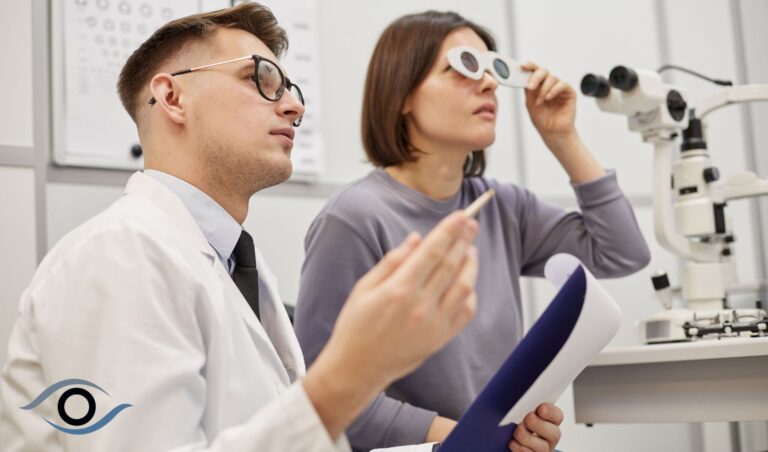Binocular vision assessment is not part of the standard eye test – so what is it and why is it so important?
We are all familiar with an eye test, which measures if you have ‘20/20 sight’ and if you need glasses or contact lenses. But, the eyes are very complex, and deeper and more comprehensive tests can be provided by specific eye doctors.
Early detection through regular screenings is key to managing and mitigating the effects of glaucoma.
Binocular vision assessments are a series of tests used by eye care professionals to evaluate how well your eyes work together as a team. This is crucial because proper binocular vision ensures that both eyes can focus on an object simultaneously, providing a single, clear, and cohesive image. These assessments help detect any issues with eye alignment, coordination, and depth perception.

These assessments are typically performed during a comprehensive eye exam, especially if a patient presents with symptoms like double vision, eye strain, or difficulties with depth perception. Early detection and treatment of binocular vision problems can significantly improve visual comfort and overall eye health.